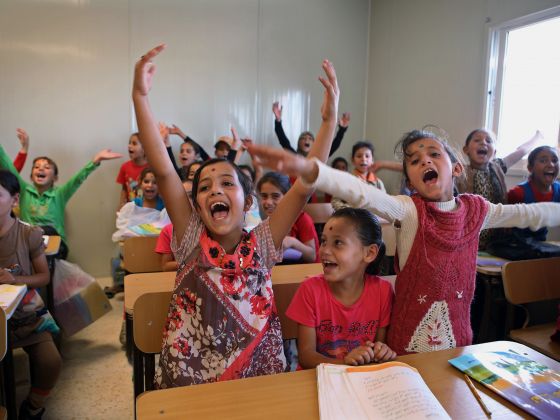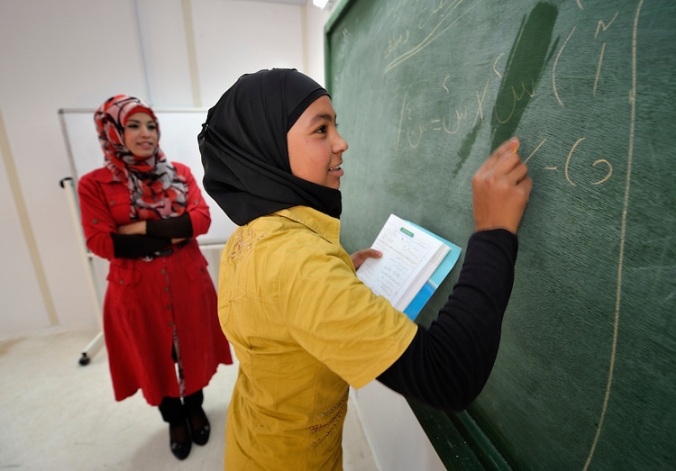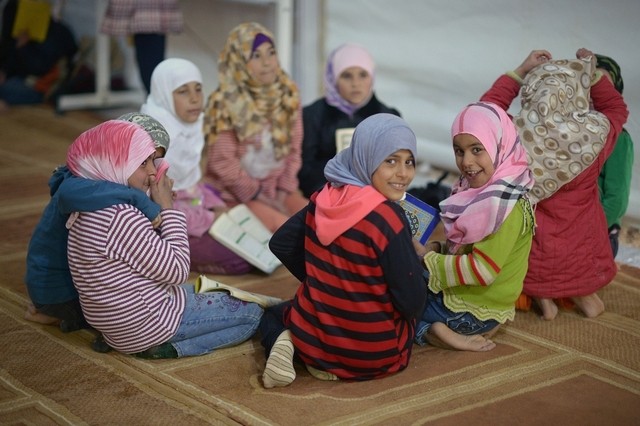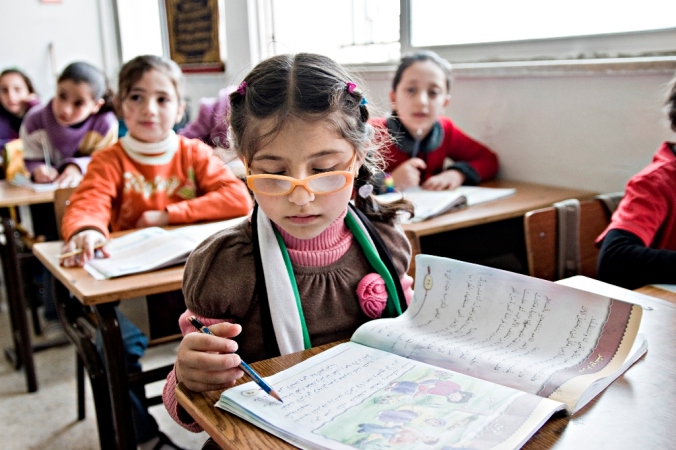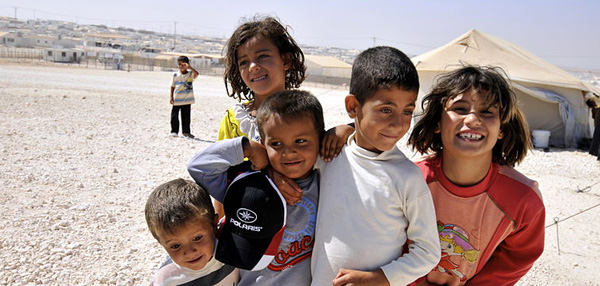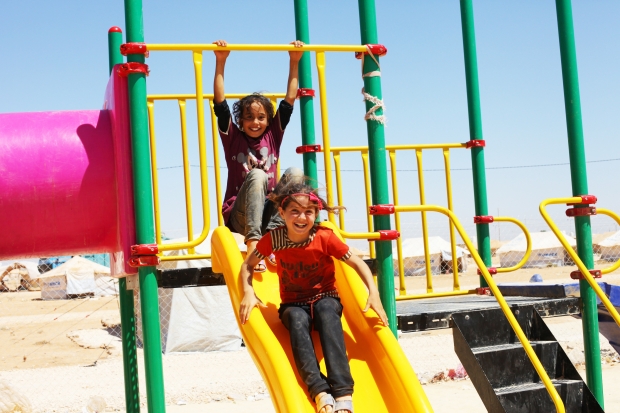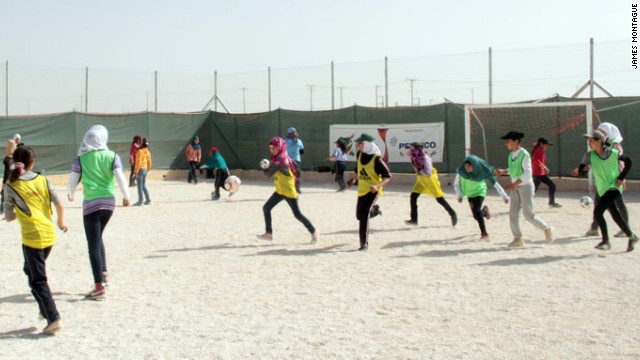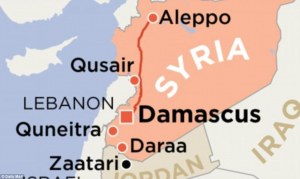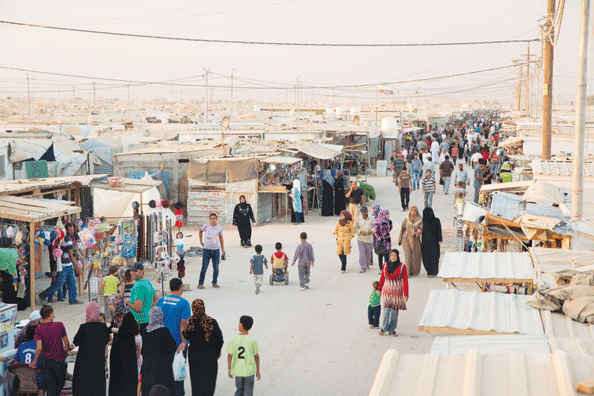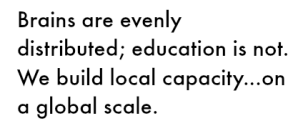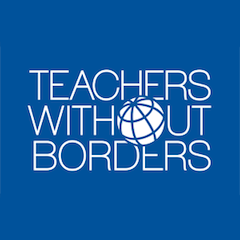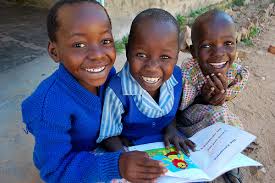First and foremost, education is a human right, documented and declared in the United Nations’ 1989 Convention on the Rights of the Child (Article 28). The Convention places a high value on education and states that young people should be encouraged to reach the highest level of education of which they are capable.
The youth of Syria have been termed ‘a lost generation’ since the conflict in their homeland began to severely impact their access to education. For many children, especially those who have been out of the classroom for months or years, teaching literacy and numeracy is of vital importance. A report by Save the Children (2014) highlights that providing children with schooling during times of conflict helps them avoid child labour, early marriage and recruitment by armed groups, and can contribute to their mental resilience. Education also provides a sense of normalcy, stability, structure and hope for the future.

Greater funding and resources need to be allocated to educating children in a camp setting not just to keep children engaged and occupied while in the liminal space, but as a way of promoting a peaceful future. Education initiatives which acknowledge trauma and help children develop coping skills are required. Petche (2014) in his article, Witnesses to War: The shattered lives of Zaatari’s children, reported that there is an arcade games tent that has been set up in the camp. Computer games based on shooting and killing are the most popular along with imaginary war games on the street. As an alternative to violent play, cooperative learning games and activities along with explicit teaching of conflict resolution skills would be beneficial.
Violence on the way to and home from school is a significant concern for all age groups, and for parents. The walking school bus is an idea that can be implemented to protect children from potential violence. Given that some children are travelling over 2 km to their nearest school, different areas of the camp could have appointed and formally employed individuals to walk children to school after meeting at a certain point.
Kayri Shanahan, a peer from EDFD459 provided a very insightful comment on what education may need to provide refugee children. She said, “Ultimately, I think we need to consider what education we are hoping to deliver. Is it just literacy and numeracy skills? Is it life and survival skills? Is it psychosocial skills, perhaps in the forms of art-therapy or involvement in sport? Is it encouraging creativity and imagination in an environment where there are limited freedoms?
The lack of aesthetic beauty (natural or man-made) must affect the psyche of those who inhabit this space day-after-day, year-after-year. Perhaps by incorporating technology in ways to experiment and experience things outside of the camp would be beneficial in encouraging refugees to think beyond Zaatari as just a liminal space and make real progress towards creating a future for themselves’ (Shanahan, 2015).
I agree with Kayri that children need to be provided with opportunities to explore, play, be creative and utilise their imaginations. They should be provided with rich and meaningful learning experiences and opportunities to build quality relationships with peers and teachers. Project based learning and collaborative activities will encourage students to work together, share their ideas and learn from each other.
Students in Zaatari should have access to the wider world through technology. Technological advancements including virtual reality platforms could open up exciting new learning experiences for students. Global connectivity is achievable with students in Zaatari being able to connect and interact with peers across the world.
Opportunities to see the beauty in nature, in the arts and in built environments are possible. Residents have even started planting their own gardens to recreate the homes they left behind in Syria. Gardens are starting to pop up throughout the camp.
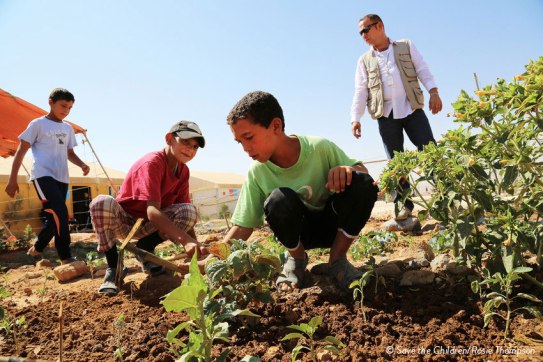
“Gardening allowed them to make something with their hands and gave them a sense of accomplishment. We have seen an incredible change in them,” says Mohammad Abu Farah, a staff member from Save the Children, who now leads gardening workshops for the camp’s children.
“When the children arrived at the camp, they had just come from a violent war. A lot of the children were introverted and struggled to make friends. They were violent with one another. But after we started implementing gardening classes, the children learned to work in a team, and started to build friendships.”

Sport and recreational activities enable children to play, learn skills such as taking turns and fair play and improve their physical, social and emotional wellbeing. Exposure to the arts provides a way for students to express their creativity, imagination, feelings and hopes for the future.

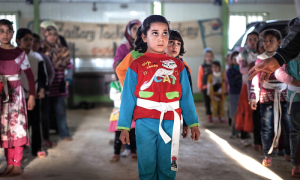
Melissa Fleming (UNHCR, 2014) in her TED talk, How to help refugees rebuild their world, puts forward the idea of education as a “place of healing, of learning and of opportunity.” She explains, “Not investing in refugees is a huge missed opportunity. Leave them abandoned, and they risk exploitation and abuse, and leave them unskilled and uneducated, and delay by years the return to peace and prosperity in their countries. I believe how we treat the uprooted will shape the future of our world. The victims of war can hold the keys to lasting peace, and it’s the refugees who can stop the cycle of violence.”
